Renewable energy generation has almost doubled in the last five years and now accounts for over a quarter of Australia’s electricity supply, increasing from 14.6% in 2015 to 27.7% in 2020, the Clean Energy Australia report published by industry peak body the Clean Energy Council has found.
“Much of this increase was due to the small-scale solar sector, which added more than 3 GW of new capacity in 2020 to record its fourth-straight record-breaking year. This brought the sector’s share of Australia’s renewable energy generation to 23.5%, pushing it past hydro into second place for the first time,” the report said.
“Rooftop solar has again been one of the great success stories for the industry, despite COVID-19 shutdowns, with a record 378,451 systems installed across Australia,” Clean Energy Council Chief Executive, Kane Thornton, said.
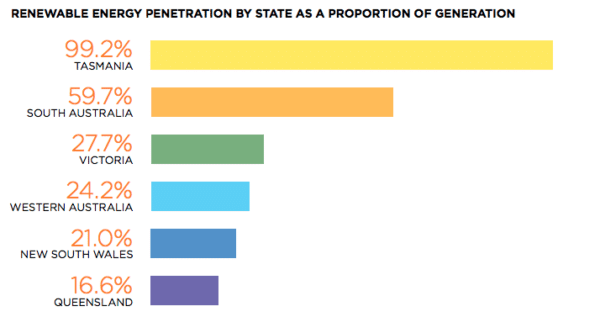
Clean Energy Council
Snapshot
- 3 GW small-scale solar capacity added in 2020
- 2 GW of new large-scale renewable generation capacity was added to the grid in 2020 across 32 projects. Wind sector accounted for the bulk of that figure, adding a record-breaking 1097 MW in 2020.
- 16 utility-scale batteries under construction at the end of 2020, representing more than 595 MW of new capacity.
- 23,796 small-scale batteries installed by Australian households in 2020 with a combined capacity of 238 MWh.
- The renewable energy industry now employs more than 25,000 Australians
- Corporate PPAs passed 1 GW for the first time, directly contracting 1.3 GW and supporting more than 4.5 GW of renewable energy generation.
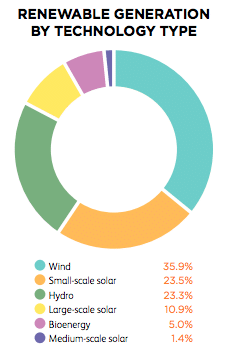
Clean Energy Council
“Australia’s clean energy transition accelerated again in 2020 as wind and rooftop solar set new records, battery storage came of age, and the hydrogen sector continued its rapid development. This all points to Australia realising its potential as a clean energy superpower,” Thornton said.
“Our industry is now generating enough clean energy to power every home in Australia 1.5 times over.”
State milestones
The report notes 2020 was a massive year for Australian states and territories, a number of which hit historic milestones and made groundbreaking plans.
Australia’s island state, Tasmania, became its first to source 100% of its electricity from renewable sources last year. “The Tasmanian Government has now set a 200% renewable energy target by 2040, which is the world’s most ambitious target for renewables,” the report said.
The more populous renewables powerhouse, South Australia, passed its own significant milestone in October of 2020, when solar delivered 100% of its electricity demand for one hour. It was “the first time this had been achieved by a jurisdiction as large as South Australia anywhere in the world.”
New South Wales was also applauded by the peak body for its incredibly ambitious Energy Infrastructure Roadmap to deliver 12 GW of new transmission capacity, increasing the state’s renewable energy penetration to over 60% by 2030.
“Much of [Australia’s] progress was driven by state and territory governments, which introduced a number of world-leading renewable energy policies and targets in 2020. However, the states and territories’ progressive energy policies only served to highlight the ongoing failures at the federal level, where arguments about government support for gas and coal overshadowed some genuinely positive developments,” Chief Executive Thornton said.
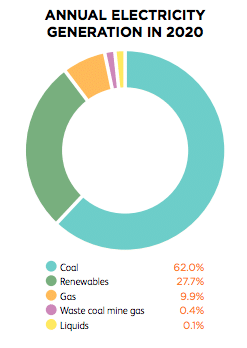
Clean Energy Council
Highlights an challenges
“An enormous amount of new clean energy capacity was added in 2020 as both the rooftop solar and wind sectors set new annual records. Emerging technologies also made rapid progress, with several major utility-scale battery announcements and considerable investment in renewable hydrogen building strong momentum for these exciting new technologies,” Thornton added.
The Council noted while the rate of new large-scale renewable energy projects reaching financial commitment remained steady in 2020, it was lower than the records reached in 2017 and 2018.
In terms of challenges, Australia’s grid connection and transmission issues persist, plaguing renewable energy developers in 2020. “While the market bodies made some progress on resolving these challenges throughout the year, much more work and investment is required to ensure that Australia’s clean energy transition can continue,” the report noted.
Hydrogen benefited from its inclusion in the Federal Government’s Technology Investment Roadmap, as well as from upped investment from states and territories which collectively poured millions into pilot projects and new initiatives in 2020.
Looking ahead
“A further 76 large-scale wind and solar projects were under construction at the end of 2020, representing more than 8 GW of new capacity and employing over 9000 Australian workers,” the report said. “Of these projects, 49 were large-scale solar farms, 21 were wind farms, three were bioenergy plants, while three were hybrid plants producing at least two different types of renewable energy.”
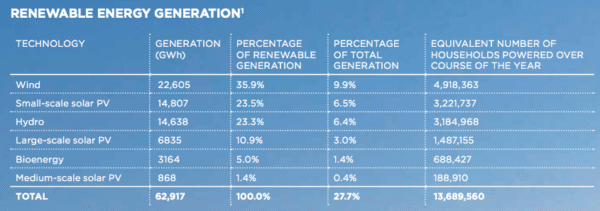
Clean Energy Council
This content is protected by copyright and may not be reused. If you want to cooperate with us and would like to reuse some of our content, please contact: editors@pv-magazine.com.
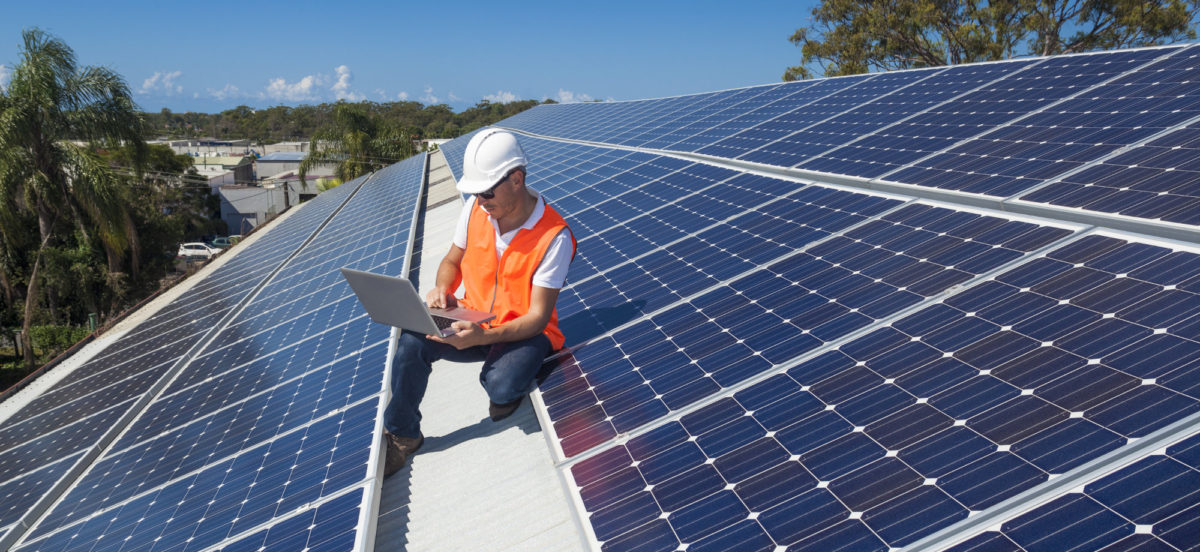








3 comments
By submitting this form you agree to pv magazine using your data for the purposes of publishing your comment.
Your personal data will only be disclosed or otherwise transmitted to third parties for the purposes of spam filtering or if this is necessary for technical maintenance of the website. Any other transfer to third parties will not take place unless this is justified on the basis of applicable data protection regulations or if pv magazine is legally obliged to do so.
You may revoke this consent at any time with effect for the future, in which case your personal data will be deleted immediately. Otherwise, your data will be deleted if pv magazine has processed your request or the purpose of data storage is fulfilled.
Further information on data privacy can be found in our Data Protection Policy.